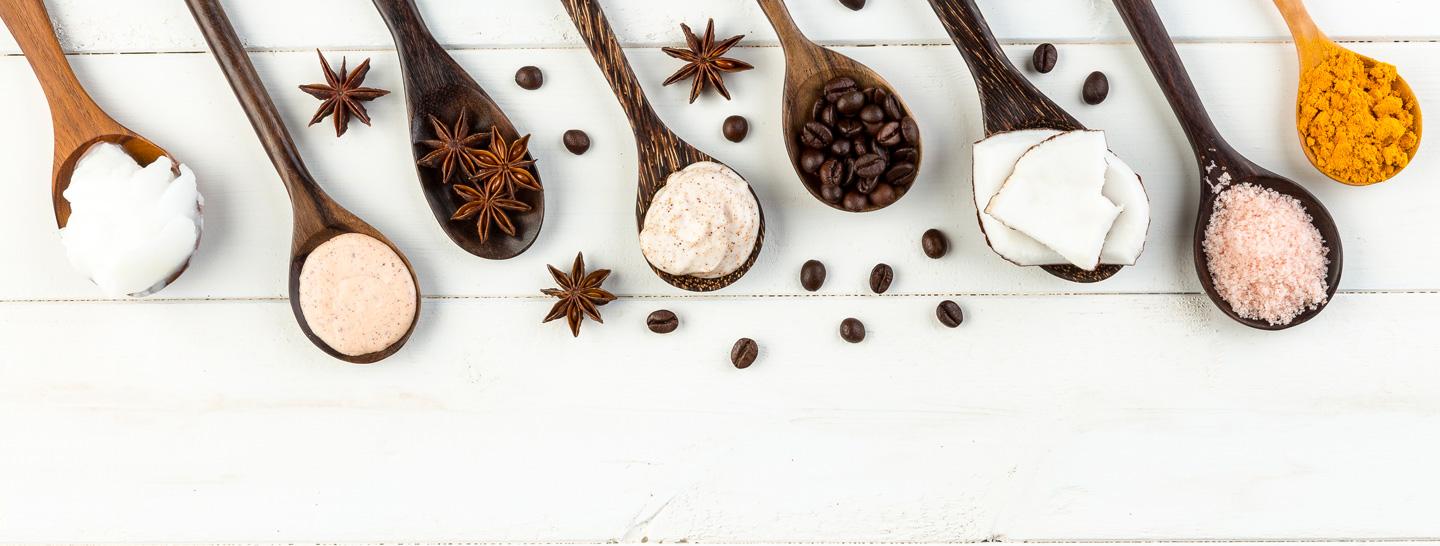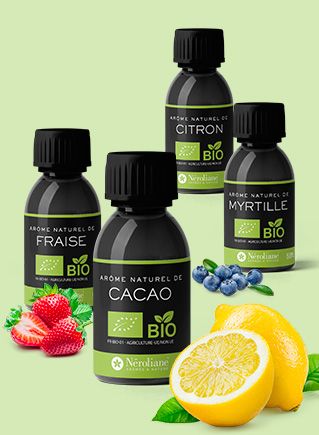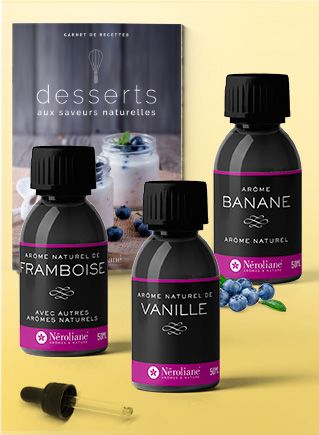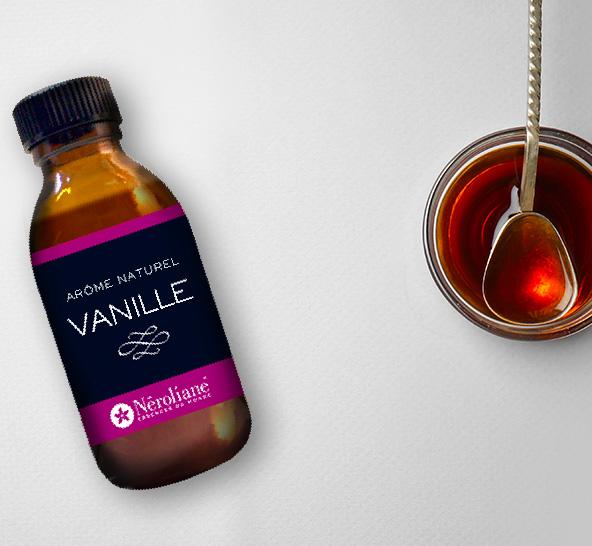Discover the latest natural organic flavours!
I discoverNatural vanilla flavouring, vanilla sugar, maple syrup, beans... What to replace vanilla extract with?

Are you a professional?
Access exclusive benefits by creating your pro account at Neroliane. Enjoy an immediate 15% discount on all your purchases!
Are you a professional?
Access exclusive benefits by creating your pro account at Neroliane. Enjoy an immediate 15% discount on all your purchases!
You are in the middle of preparing a recipe and you realise in the middle of the recipe that you are missing vanilla extract? Don't panic, here's what you can use instead!
In many recipes for cakes, creams and biscuits, there is an ingredient with an enigmatic name: vanilla extract - often referred to as "liquid". Vanilla extract is a solution obtained by macerating vanilla beans in a mixture of alcohol and water. Many vanilla extracts on the market are made from natural or even artificial flavours. Ingredients such as colouring agents, preservatives, thickeners and food texturisers such as Propylene Glycol can then be found on the labels. Why so much superfluity in these preparations? Because vanilla is expensive: according to the magazine UFC que choisir, the price of this spice, which comes mainly from the island of Madagascar, is "close to 400 dollars a ton" in 2020.
Homemade liquid vanilla extract
The first solution for doing without commercial vanilla extract is to prepare it yourself. Indeed, the preparation is absolutely simple, you just have to be patient, because a few months are necessary for an optimal result. To do this, place a few vanilla pods in a bottle of rum, or, if you prefer to make it without alcohol, work them into a syrup. All you have to do is let the liquid soak up the power of the beans.
Opt for natural vanilla flavouring
The European Commission defines flavourings as "products not intended to be consumed as such, which are added to foodstuffs to impart or modify their odour and/or taste". There are four main families of flavourings used in food: natural flavourings, synthetic flavourings, process flavourings and smoke flavourings. In the case of vanilla, both natural and synthetic flavours can be found on the market. Natural flavours are derived from an animal or vegetable raw material - in this case vegetable - while synthetic flavours are chemically identical to natural substances. At Nerolian, two natural vanilla flavours are offered for sale: an organic, alcohol-free natural vanilla flavour and a natural vanilla flavour. The first is a natural food flavour of vegetable origin, obtained by extraction, concentration, distillation, roasting or fermentation, in accordance with European legislation. It contains sugar syrup, natural vanilla flavouring and caramel (sugar and water). Neroliane natural vanilla flavouring is made from real vanilla beans.
Beware of the label!
However, this is not the case for all natural flavours found in the market. In an article published in 2013, the magazine UFC que choisir explains that "natural flavours are not always extracted from the source from which they taste. For example, strawberry flavouring can be created biotechnologically (microbial or enzymatic fermentation) from wood chips, or vanillin (a major constituent of vanilla) can be produced from ferulic acid derived from rice bran. These are molecules extracted from a natural raw material other than vanilla. The magazine's researchers were able to isolate "170 different aromatic molecules in a vanilla bean extract". To be sure that you are buying a product made from pure vanilla, it is essential that the label says "natural vanilla flavouring". In this case, it means that the flavouring has been prepared exclusively or from a minimum of 95% vanilla (the remaining 5% comes from other molecules).
Several substitutes
If you run out of vanilla extract and don't have any natural vanilla flavouring on hand, there are other alternatives: why not add a sachet of vanilla sugar (homemade is even better) to your preparation? Another option: add a dash of maple syrup to your recipe. This speciality, which comes straight from Quebec, adds a delicate amber and caramelised touch to your preparations. Finally, a tastier - but also much more expensive - solution would be to simply incorporate the seeds of a vanilla bean into your dough.









